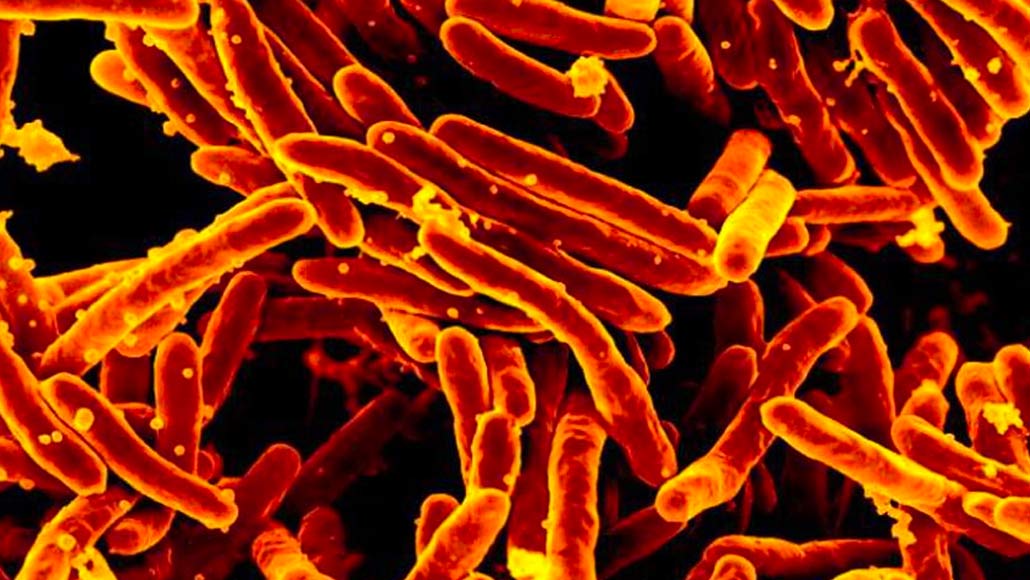A new FDA-approved drug takes aim at a deadly form of tuberculosis
The antibiotic, paired with two others, works against highly drug-resistant TB

DEADLY RESISTANCE Tuberculosis is caused by Mycobacterium tuberculosis (shown). A drug newly approved by the U.S. Food and Drug Administration could help combat a highly drug-resistant form of the disease.
NIAID







